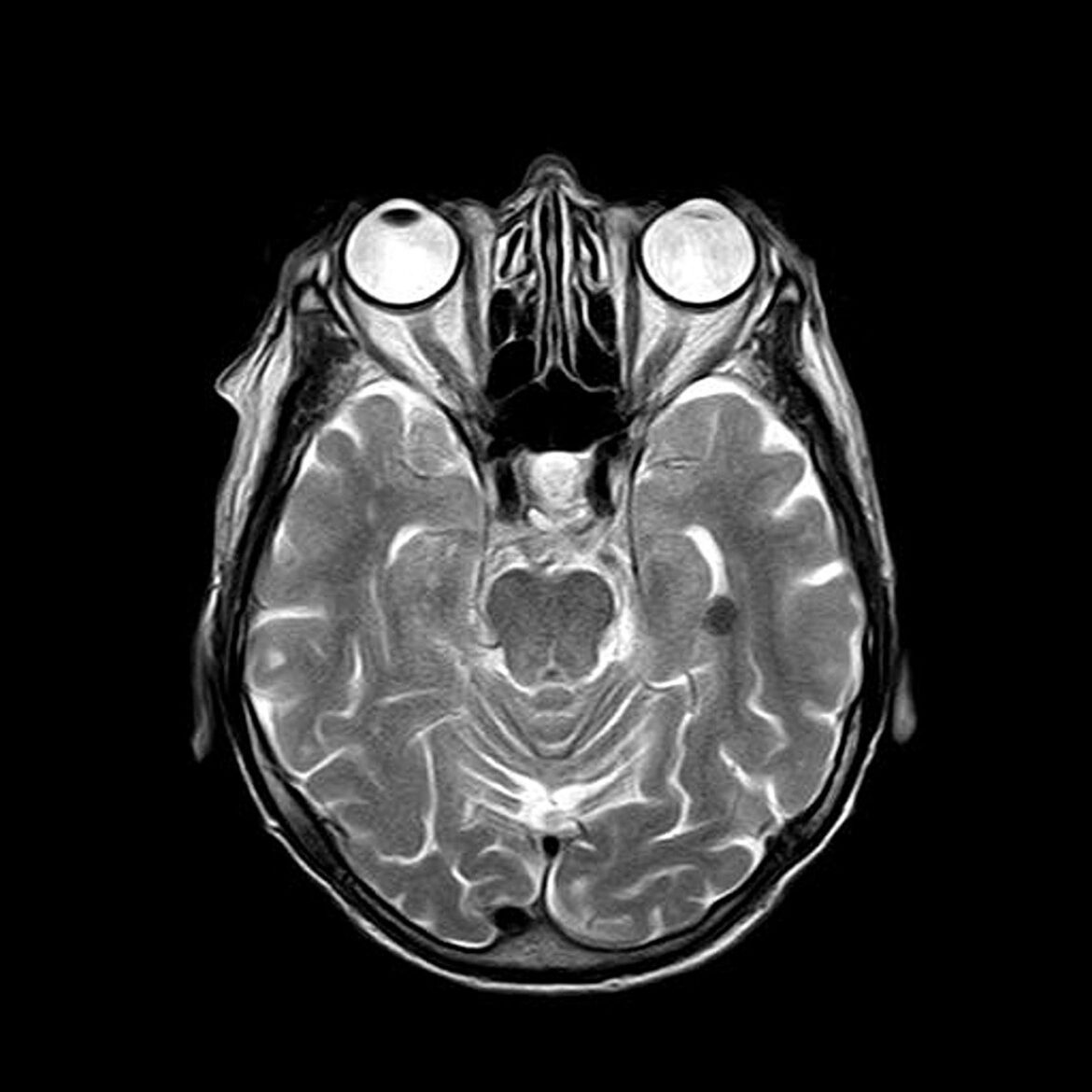Kyriakos Papachronis, also known as “The Drama Ripper,” was a Greek serial rapist and murderer active in the 1980s. His crimes shocked Greece due to their brutal nature and the psychological profile of the perpetrator. Papachronis was an officer in the Greek military at the time of his attacks, which occurred in Northern Greece, particularly in the town of Orestiada. He was convicted of multiple violent acts, including the murders of young women and several cases of rape.
Papachronis was eventually apprehended in 1982 after several months of investigation, and during his trial, it became clear that he exhibited a range of disturbing psychological and emotional behaviors. He claimed his actions were driven by a deep hatred of women, stemming from childhood trauma and unresolved anger.
Neurological Perspective on the Kyriakos Papachronis Case
To analyze Papachronis’s behavior from a neurological perspective, it’s essential to consider how various brain dysfunctions or pathologies might contribute to the kind of violent and impulsive behavior that characterized his actions. Several neurological factors may help explain his behavior, focusing on the interplay between brain structure, emotional regulation, and impulse control.
1. Frontal Lobe Dysfunction
The frontal lobes, particularly the prefrontal cortex, are crucial for decision-making, impulse control, and emotional regulation. Individuals with dysfunction in this area may exhibit impulsivity, lack of empathy, and difficulty controlling aggressive behavior. These traits align with the reported characteristics of Papachronis, who acted on violent impulses without apparent concern for the consequences.
Damage or underdevelopment in the prefrontal cortex has been associated with various antisocial behaviors, including those seen in psychopathy and other personality disorders. Papachronis’s inability to regulate his aggression and sexual urges could point to an impairment in this region, leading to disinhibition and violent outbursts.
2. Amygdala and Emotional Dysregulation
The amygdala is critical for processing emotions, particularly fear and aggression. Dysfunction or abnormalities in the amygdala may contribute to increased aggression and emotional dysregulation, which can result in violent behavior. In cases of serial killers or individuals with extreme violent tendencies, studies have shown that amygdala dysfunction can lead to an inability to regulate rage, often combined with a lack of fear or remorse.
In Papachronis’s case, his extreme hatred of women and violent sexual aggression could be linked to heightened amygdala activity or poor connectivity between the amygdala and the prefrontal cortex. This would explain his emotional outbursts, inability to control violent impulses, and the seeming lack of empathy for his victims.
3. Childhood Trauma and Its Impact on Brain Development
Papachronis reportedly suffered from significant trauma during his childhood, including issues related to his relationship with his mother and negative experiences that led to his deep resentment toward women. Childhood trauma, particularly prolonged or severe abuse, can have lasting effects on brain development. Research has shown that individuals who experience early trauma may have structural changes in areas like the prefrontal cortex, hippocampus, and amygdala, all of which are involved in emotional regulation and decision-making.
Trauma-induced changes in brain development can lead to conditions such as post-traumatic stress disorder (PTSD) and complex emotional dysregulation, where the individual may be unable to process emotions appropriately, leading to hyperarousal, aggression, and violent behavior in response to perceived threats or emotional triggers.
In the case of Papachronis, his deep-seated anger toward women, possibly rooted in childhood experiences, may have been neurologically reinforced by changes in the structure and functioning of his brain, making it difficult for him to suppress violent impulses. The intensity of his hatred and his violent acts suggest that he may have experienced hyperactive amygdala responses combined with impaired frontal lobe function, which exacerbated his inability to control his emotions.
4. Potential Role of Neurotransmitter Imbalances
Neurotransmitter imbalances, particularly involving serotonin, dopamine, and norepinephrine, have been linked to aggression and violent behavior. Low levels of serotonin, in particular, have been associated with impulsivity and aggression. Serotonin helps regulate mood and behavior, and a deficiency in this neurotransmitter can lead to difficulty controlling emotions and acting impulsively, often in violent or aggressive ways.
Papachronis’s violent outbursts and inability to control his rage may have been partly driven by an imbalance in neurotransmitters like serotonin, leading to lowered inhibition and heightened aggression. This biochemical factor, combined with his psychological trauma and potential brain dysfunction, would have created a neurological environment conducive to violent and antisocial behavior.
5. Psychopathy and Neural Connectivity
Papachronis exhibited traits consistent with psychopathy, including a lack of empathy, impulsivity, and manipulative behavior. Psychopathy has been linked to differences in brain structure and function, particularly in areas related to emotional processing and impulse control, such as the amygdala, prefrontal cortex, and the connectivity between these regions.
In psychopathic individuals, there is often reduced connectivity between the prefrontal cortex and the limbic system, including the amygdala. This impaired connectivity makes it difficult for the prefrontal cortex to regulate emotions and impulses generated by the amygdala, leading to emotional blunting, impulsivity, and a lack of fear or remorse. Papachronis’s violent acts and his apparent lack of empathy for his victims could be explained by such neural disconnects.
Conclusion: Neurological and Psychological Insights into the Kyriakos Papachronis Case
The Kyriakos Papachronis case provides a disturbing look into the potential role of neurological dysfunction, childhood trauma, and mental illness in violent behavior. From a neurological perspective, his violent actions might be linked to dysfunctions in the frontal lobes and amygdala, regions critical for impulse control and emotional regulation. His inability to regulate aggression, coupled with an intense emotional response and distorted view of women, suggests the possibility of disrupted neural pathways governing emotional processing and behavior.
Papachronis’s case highlights the complex interplay between neurological, psychological, and environmental factors in the development of extreme violent behavior. Understanding these factors can provide valuable insights into how such individuals come to commit heinous acts, potentially guiding future strategies for prevention and intervention.

